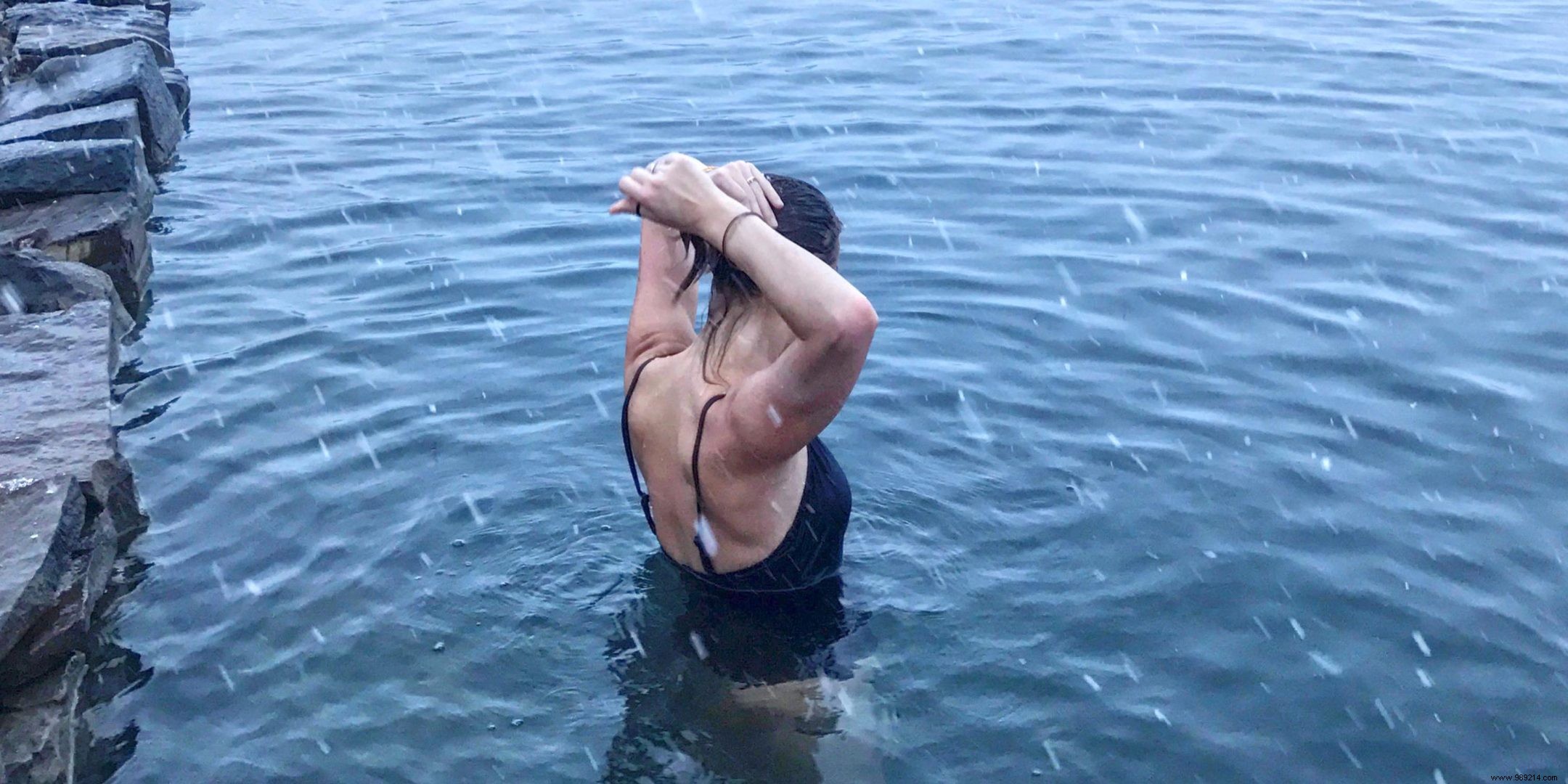
There are a thousand and one things to see and do in Iceland, but if I had to choose only 5.
The town is very pleasant, halfway between a town and a village, and you can explore it on foot, starting by admiring the town and its colorful houses from the top of the Hallgrímskirkja church.
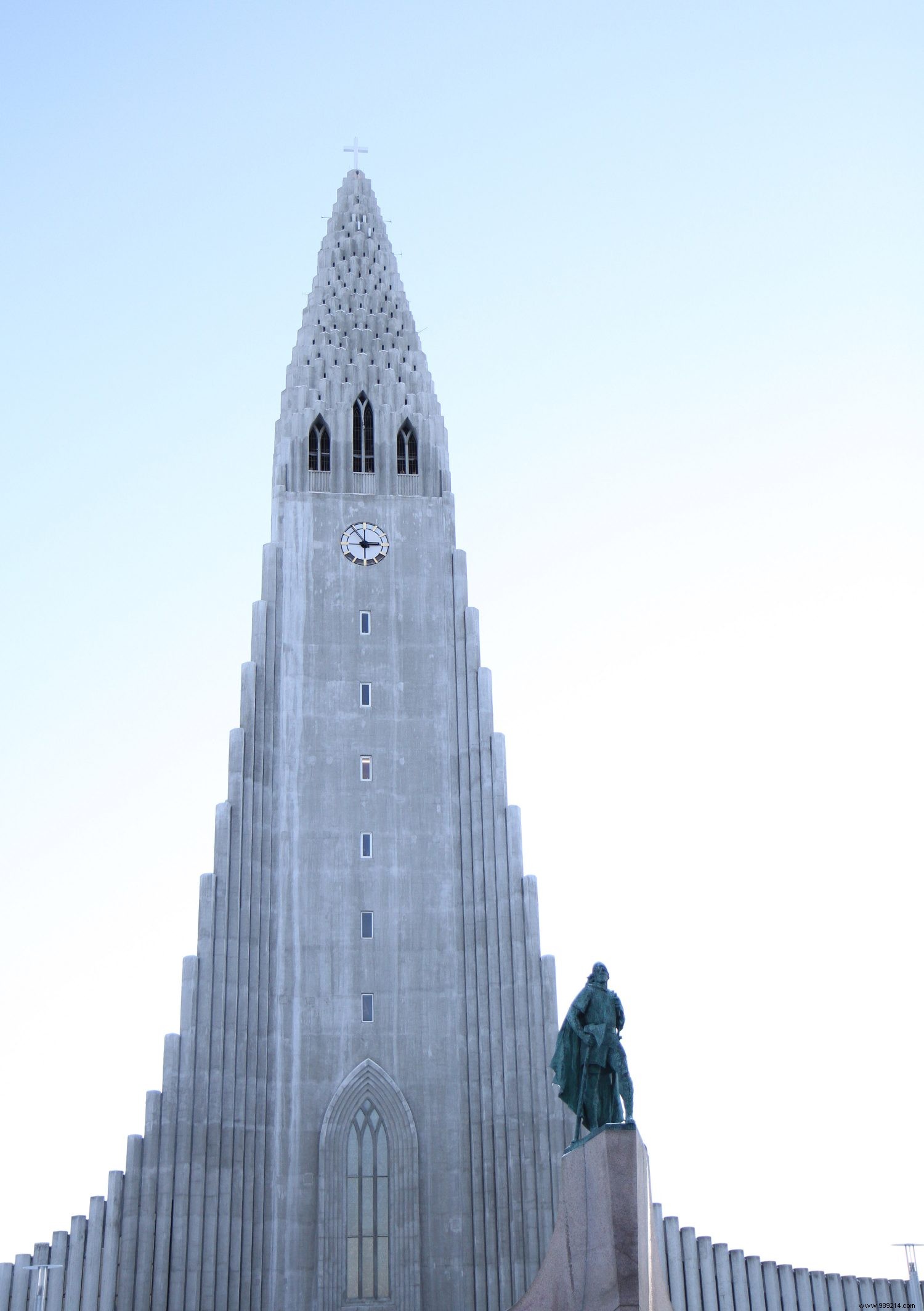
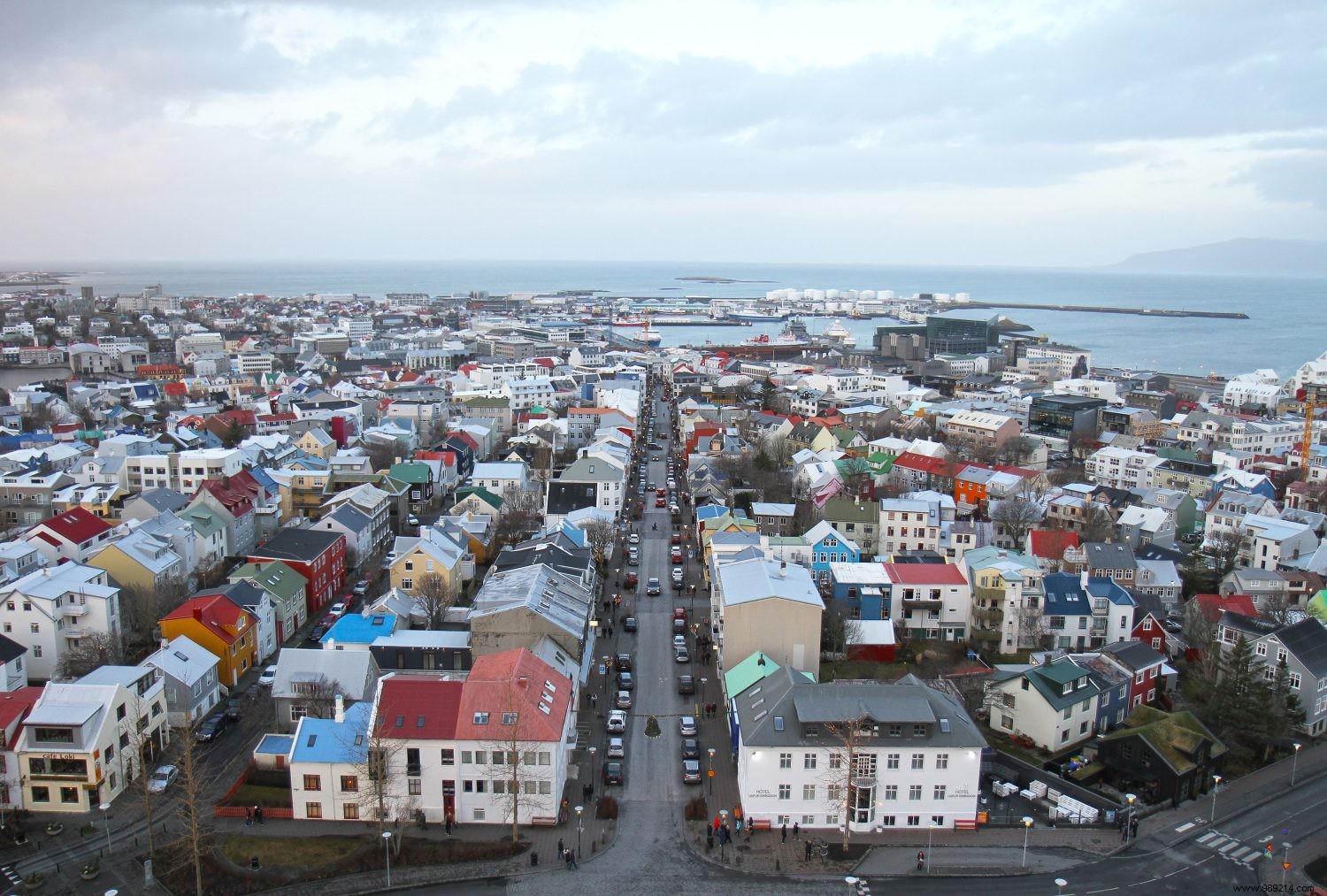
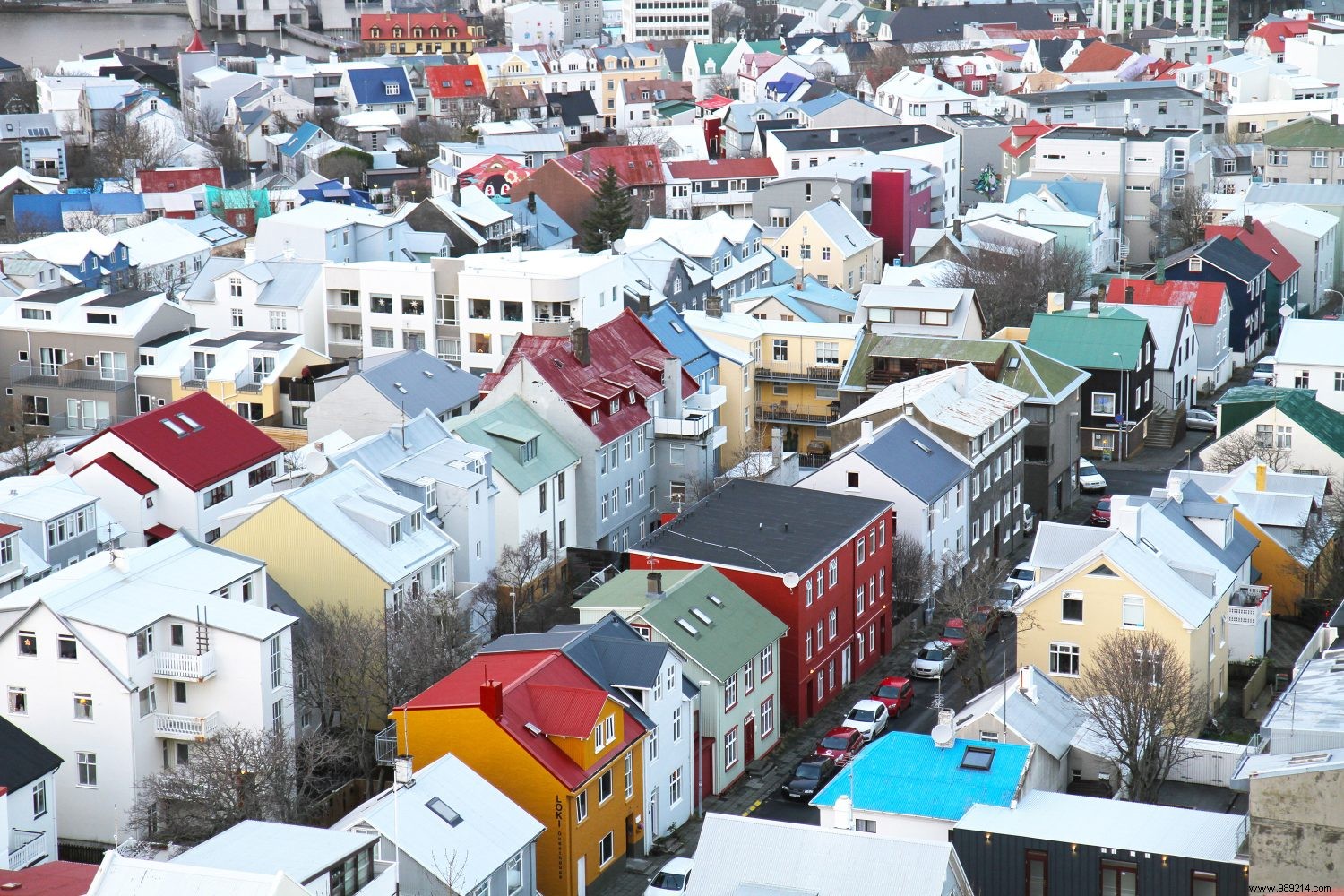
The streets are full of good restaurants, shops:Scandinavian decoration, Icelandic wool knitwear. But just for the pleasure of the eyes because the cost of living is particularly high.

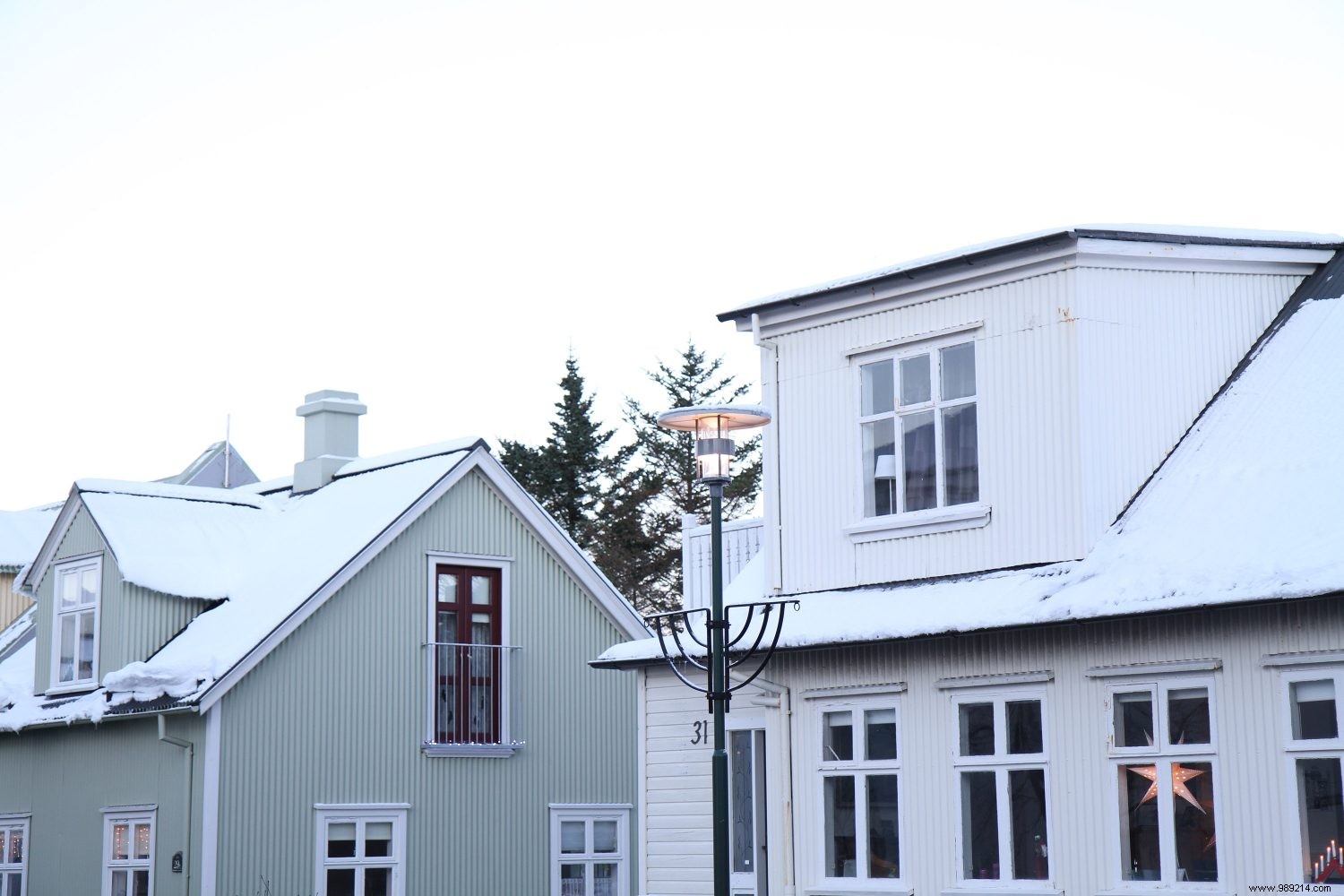
The old port is magnificent. The play of light in the glass scales of the Harpa theater are splendid. Finally, don't leave Reykjavik without passing by the sculpture of the longship "Sólfar" (meaning sun traveler in Icelandic).
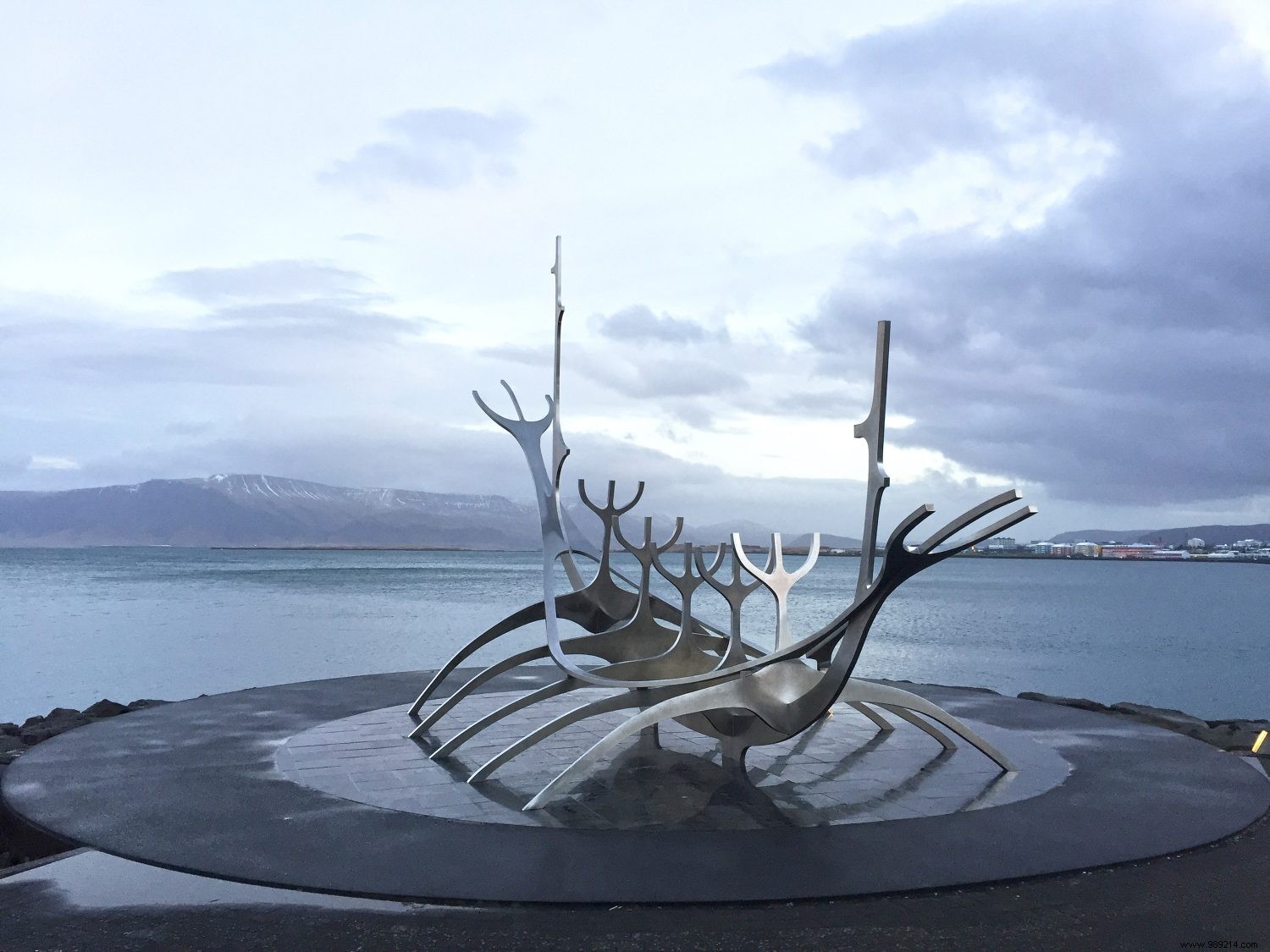
We are passionate about good food. A simple but tasty food, and during our travels as at home, good food is part of everyday life.
The traditional Icelandic soup that warms the hands and the body is to be tasted at least once . A soup where there is something to drink and eat, with lamb (Icelandic of course) and vegetables.
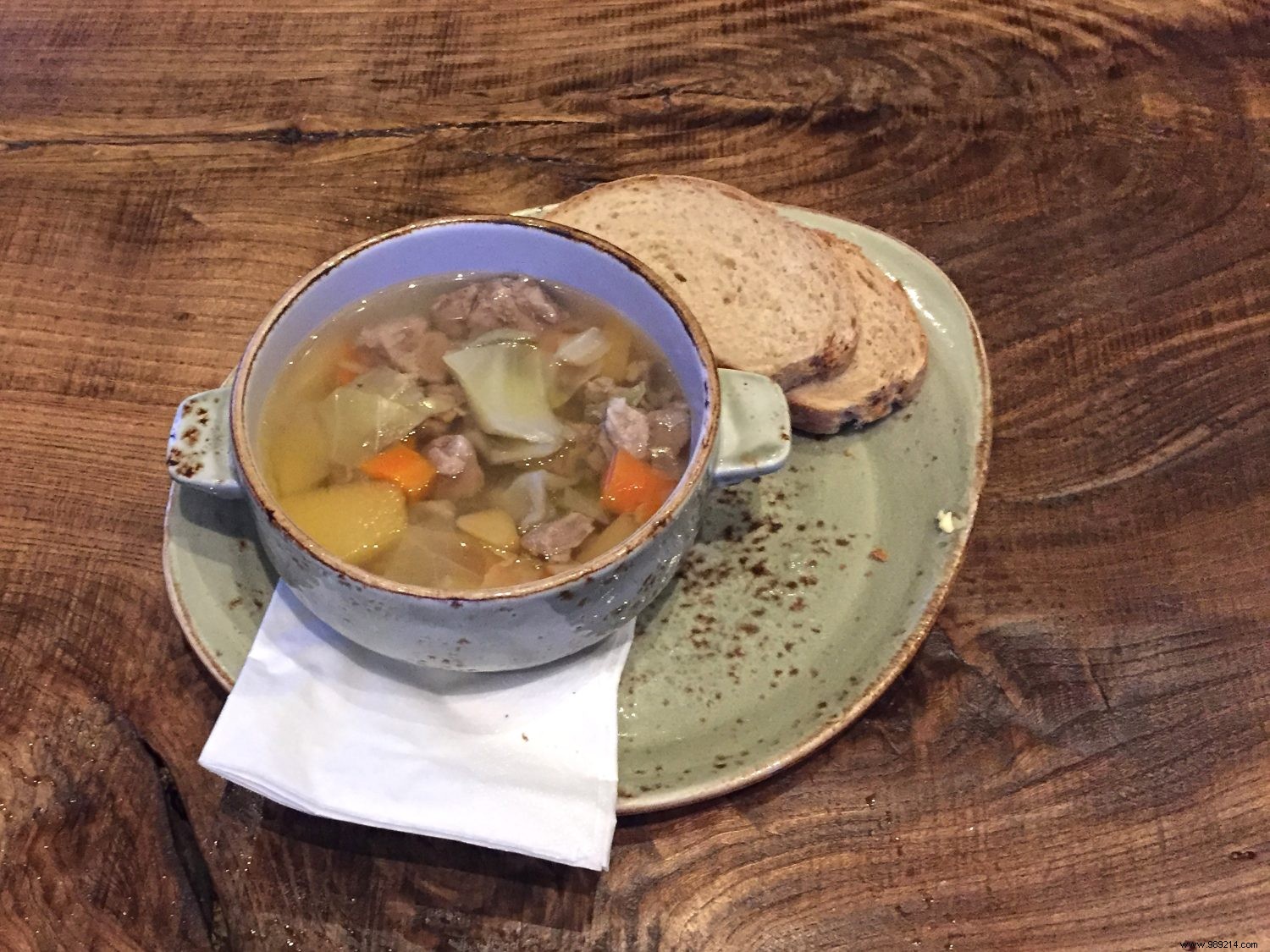
Our favorite restaurants in Reykjavik:Vegamot in the center, Höfnin with a view of the harbor and the gourmet Fiskfelagid. On the road between Hveragerdi and Selfoss, I recommend the Fakasel restaurant located in an equestrian center. In Geysir, you can eat their "icelandic soup" with your eyes closed. And finally, on the Reykjanes peninsula at Hendur í Höfn, lost in the middle of a tiny town in southern Iceland, we ate divinely cooked reindeer burgers and dumplings.
One of our greatest pleasures in Iceland is being able to relax in the pools naturally heated by geothermal energy up to 40°C. There are several sites, some artificial, some more authentic and some completely natural.
The Blue Lagoon, the most famous hot spring in Iceland, this giant artificial pool dug into the lava fields is characterized by its turquoise waters due to the presence of silica. We love its preserved raw side, swimming in its milky water, walking on volcanic soil, drinking a fresh Gull with your feet in the water. Don't forget to book your entry several days or even weeks in advance. The Blue Lagoon is a victim of its own success and to avoid being overrun places are limited.
The Laugarvatn Fontana located in the Golden Circle is made up of several artificial pools of different temperatures and for the more adventurous enjoys access to the lake and its icy waters.
Our favorite goes to the Secret Lagoon of Fludir in the Golden Circle. It is the oldest swimming pool in Iceland fed by a mini geyser which erupts every 5 minutes or so (the water is hot in places), the floor is made up of volcanic rock dust, surrounded by greenhouses (which allow many fruits and vegetables to be grown in Iceland thanks to geothermal energy). The place is completely out of time, I advise you to go there before 2 p.m., then it gets a little more crowded.
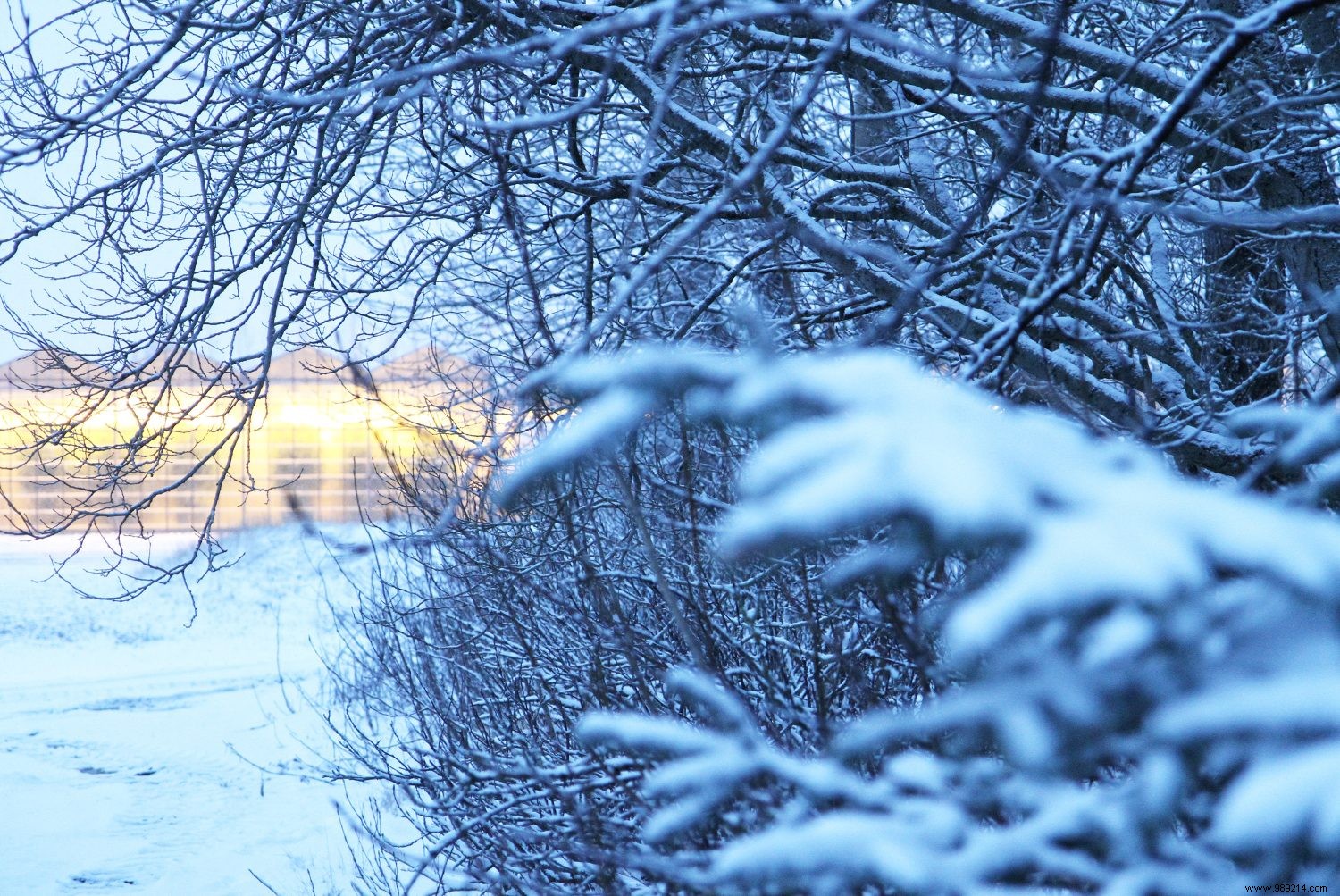
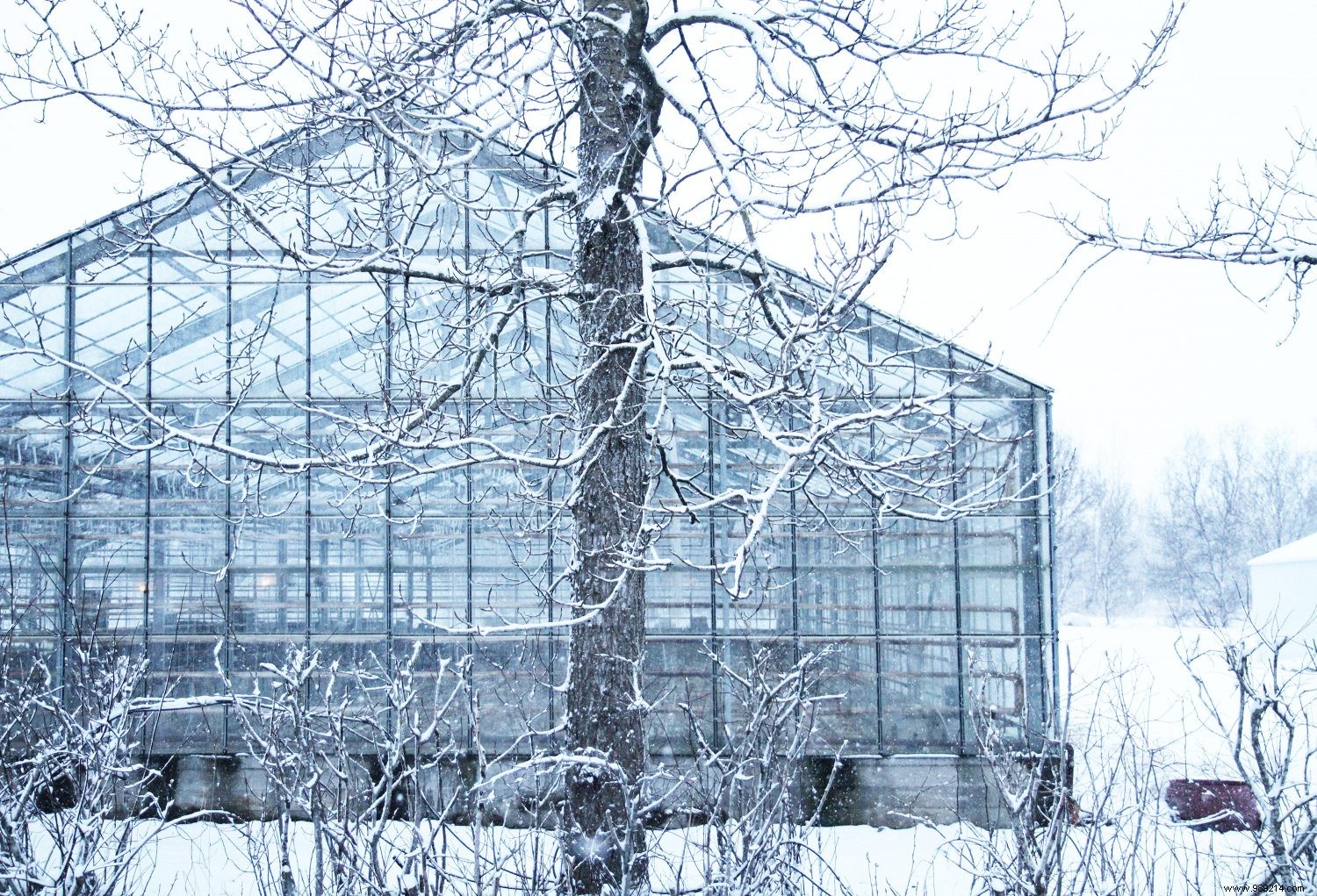
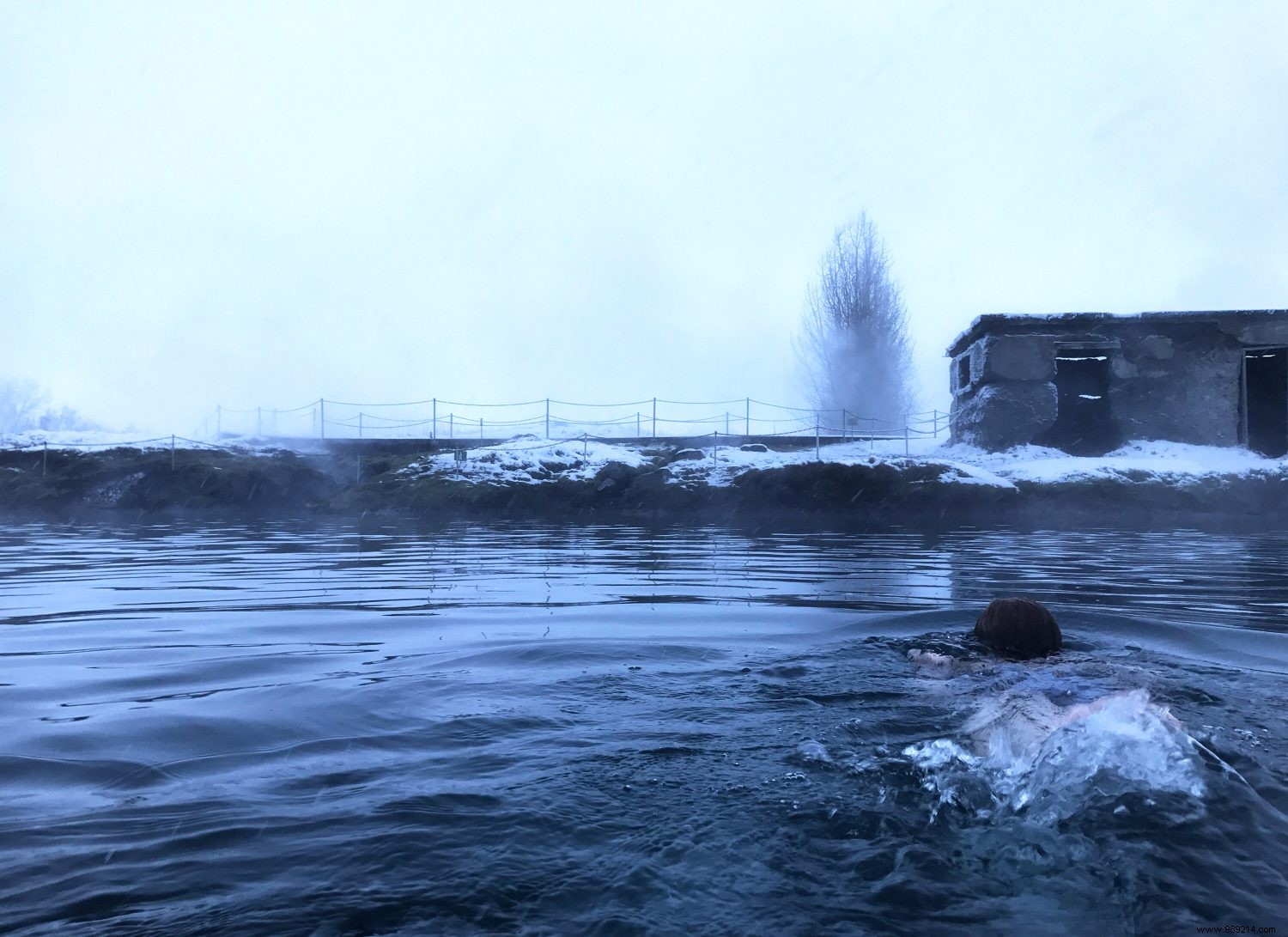
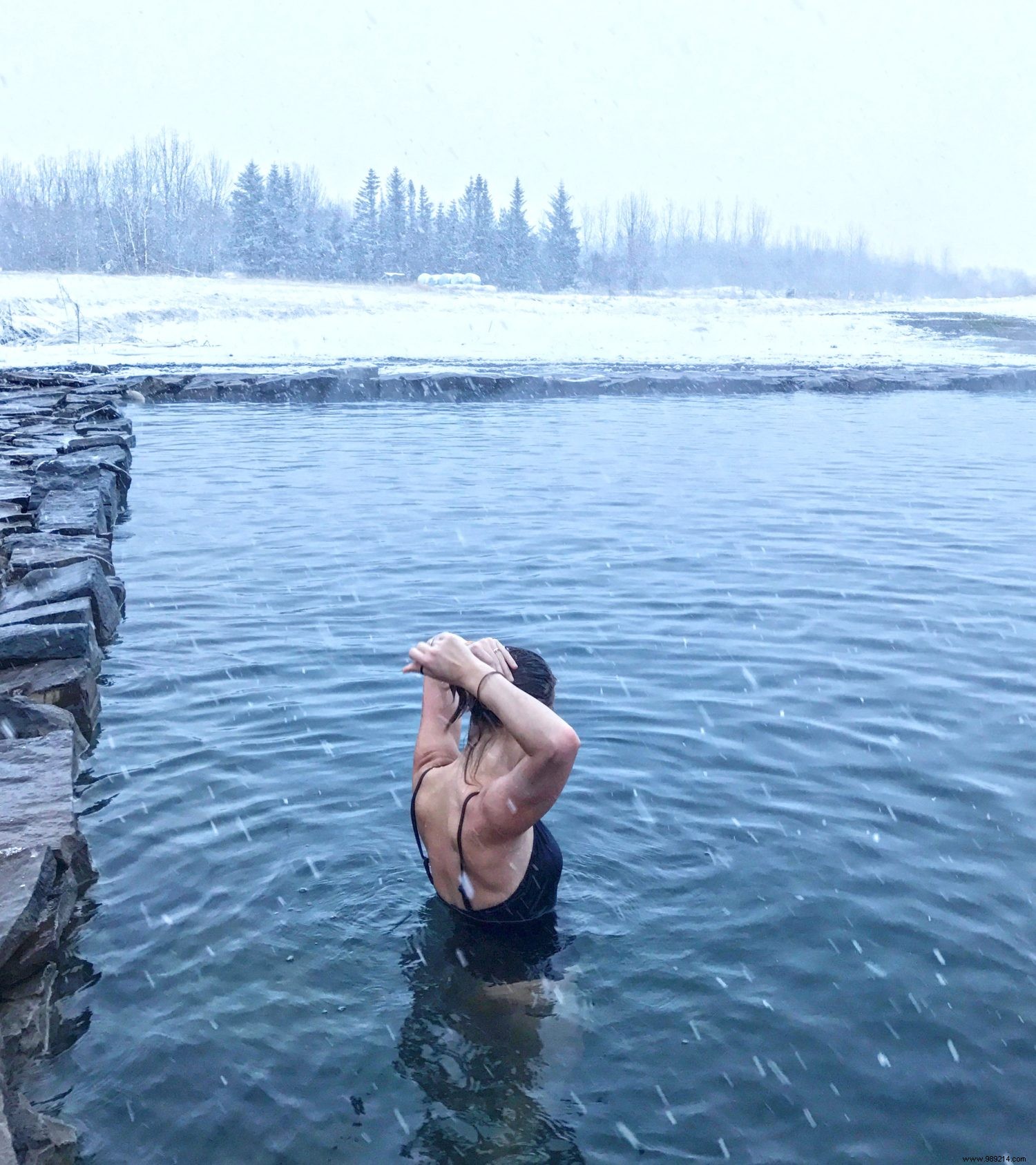
The colorful houses, the omnipresent nature, the volcanoes, the lakes, the waterfalls, the lava fields, Iceland is full of treasures available to our eyes.
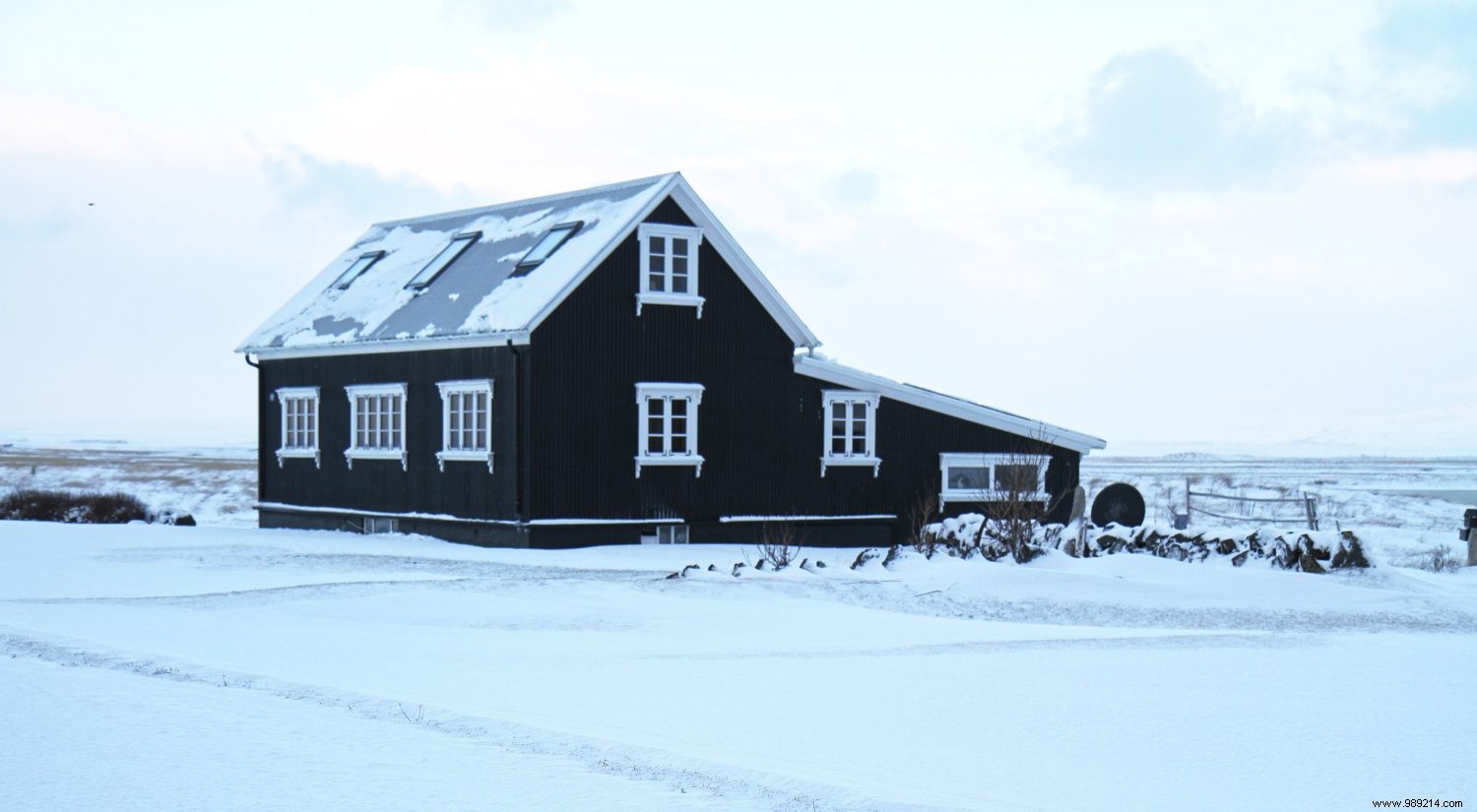
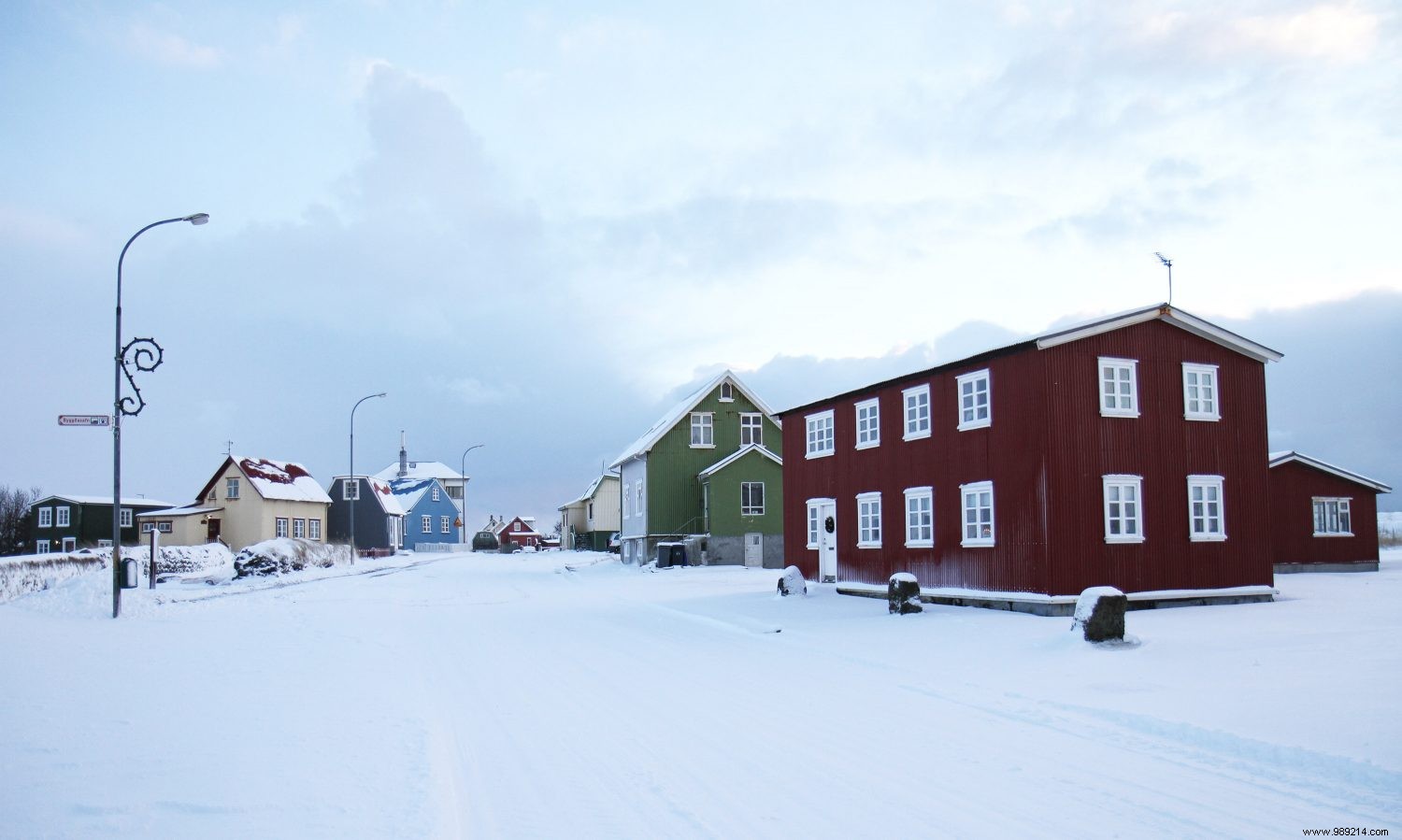
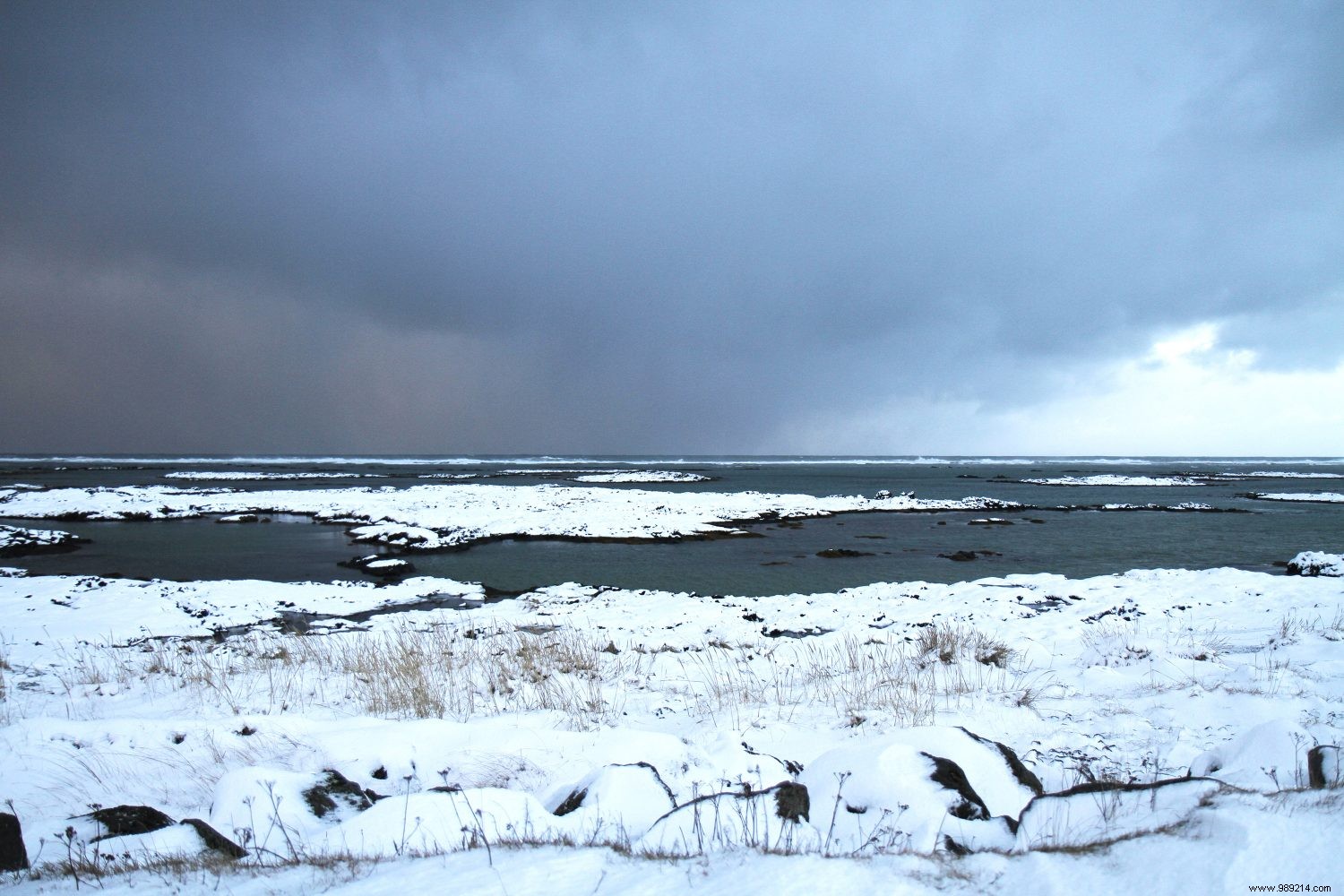
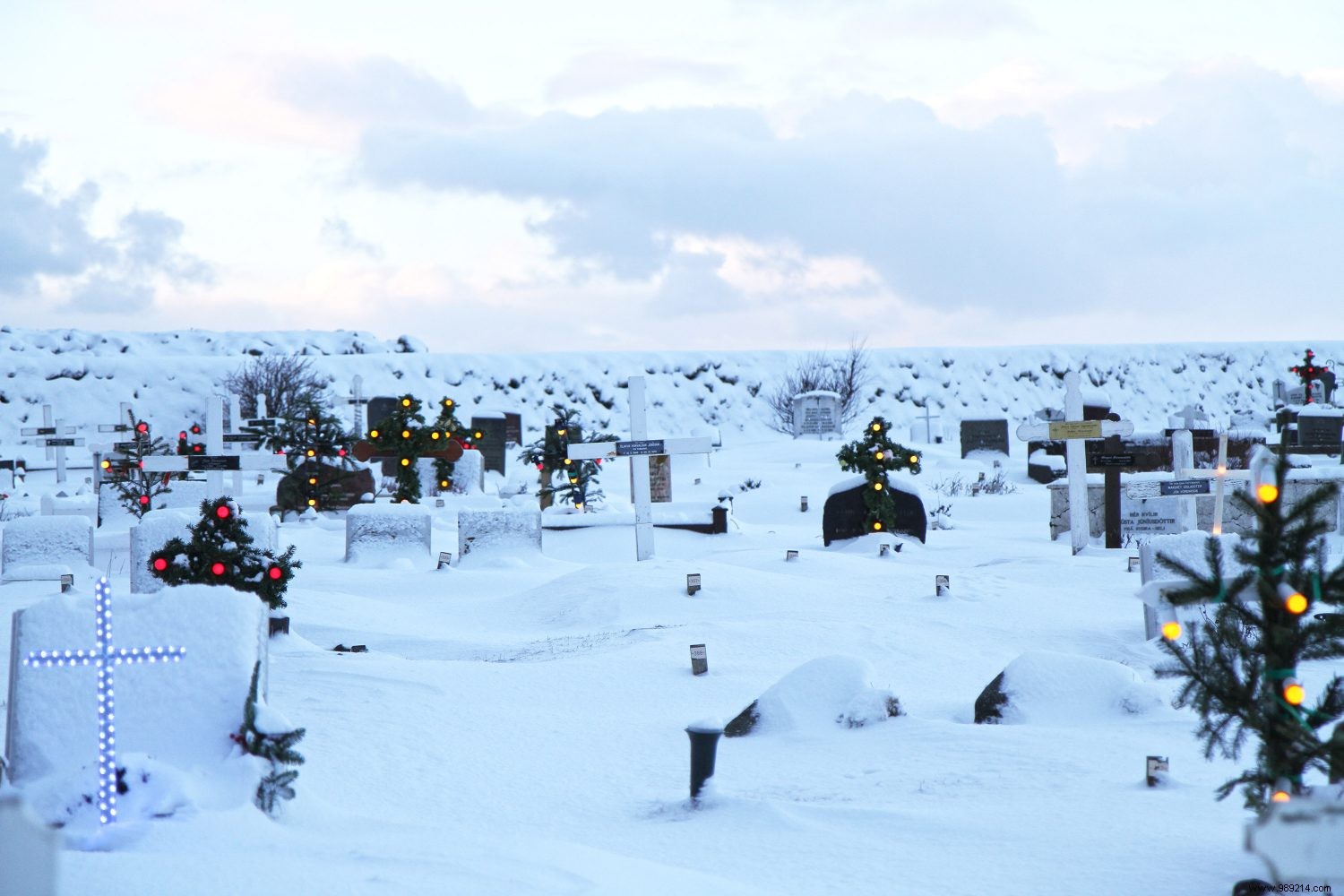
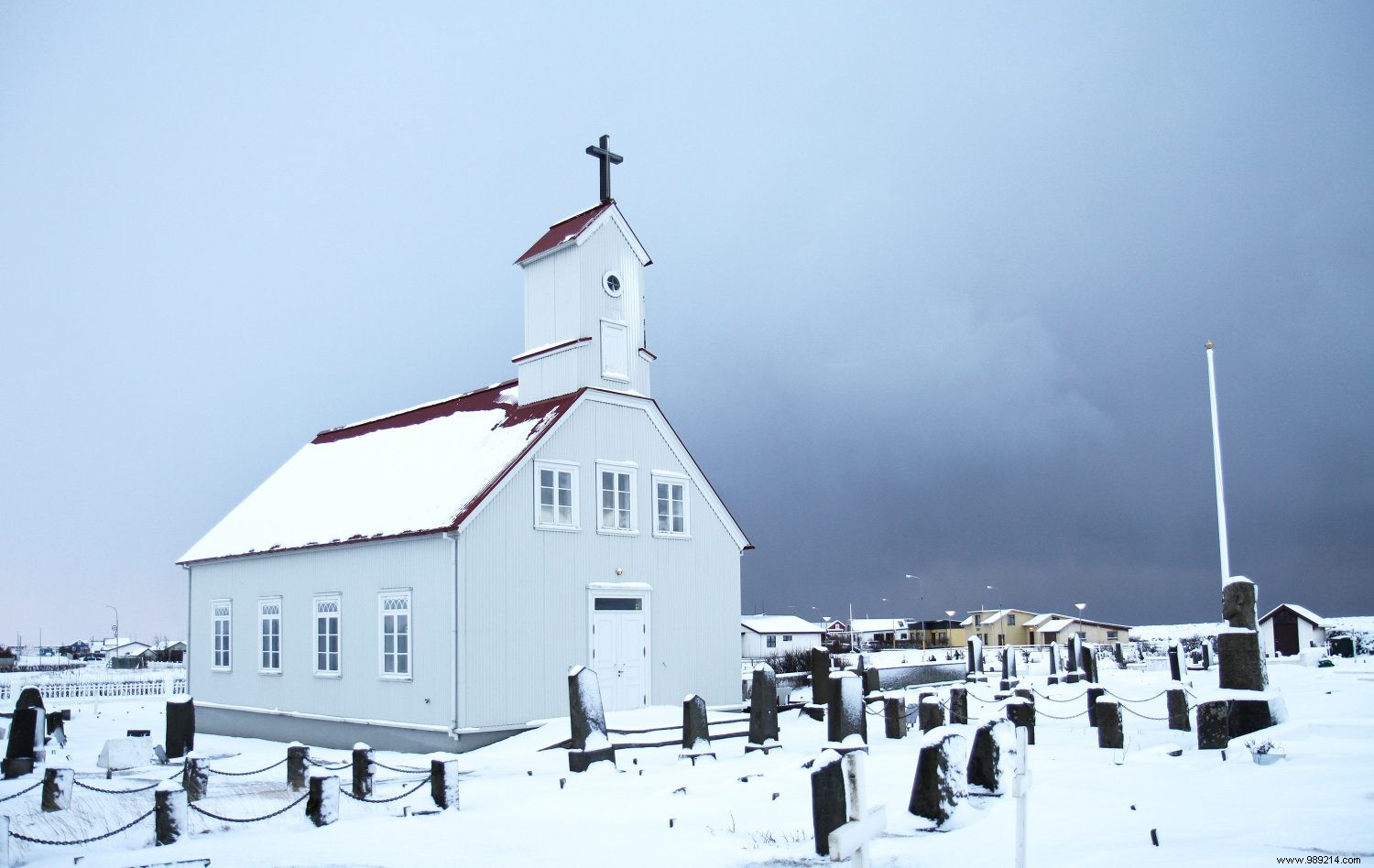
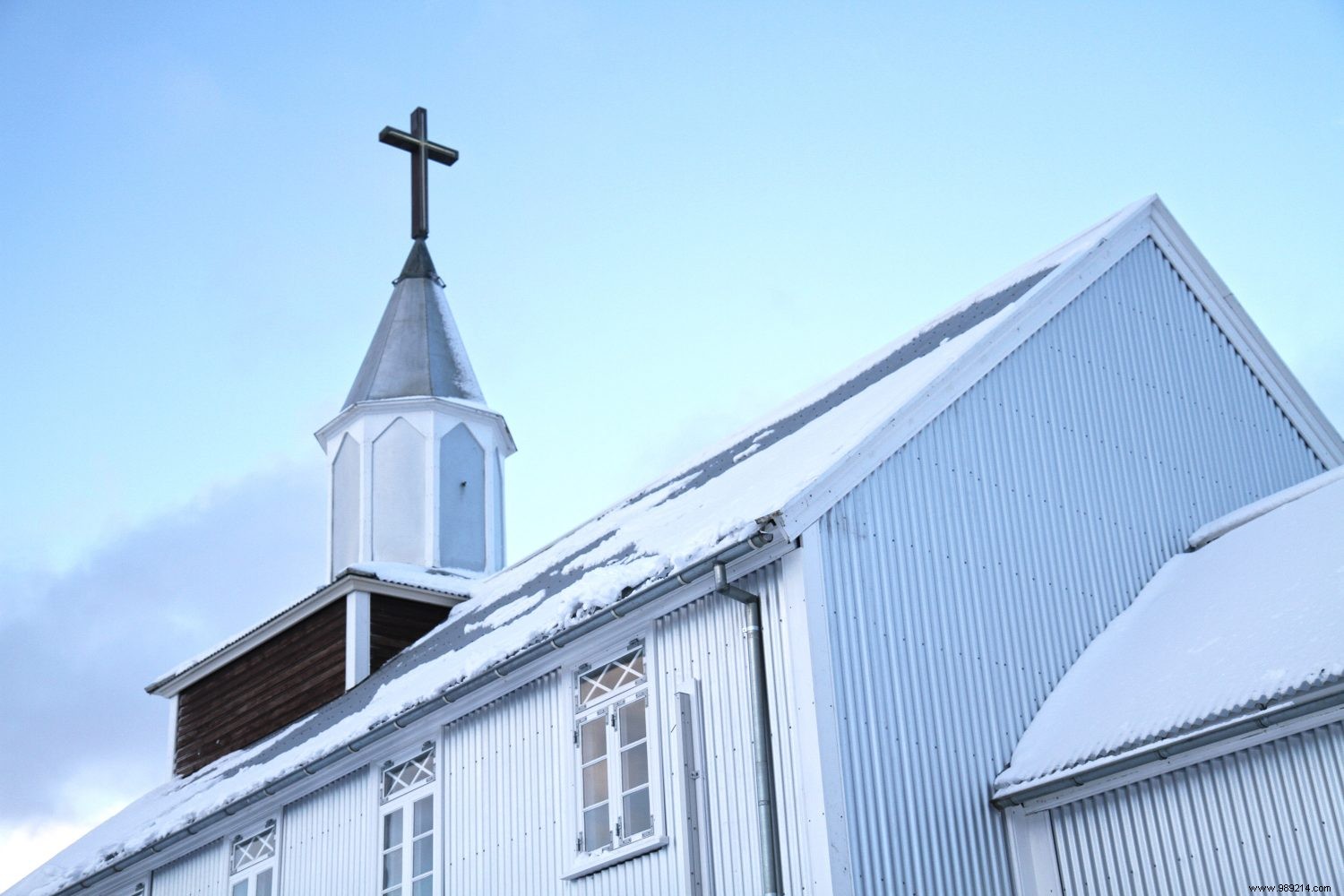
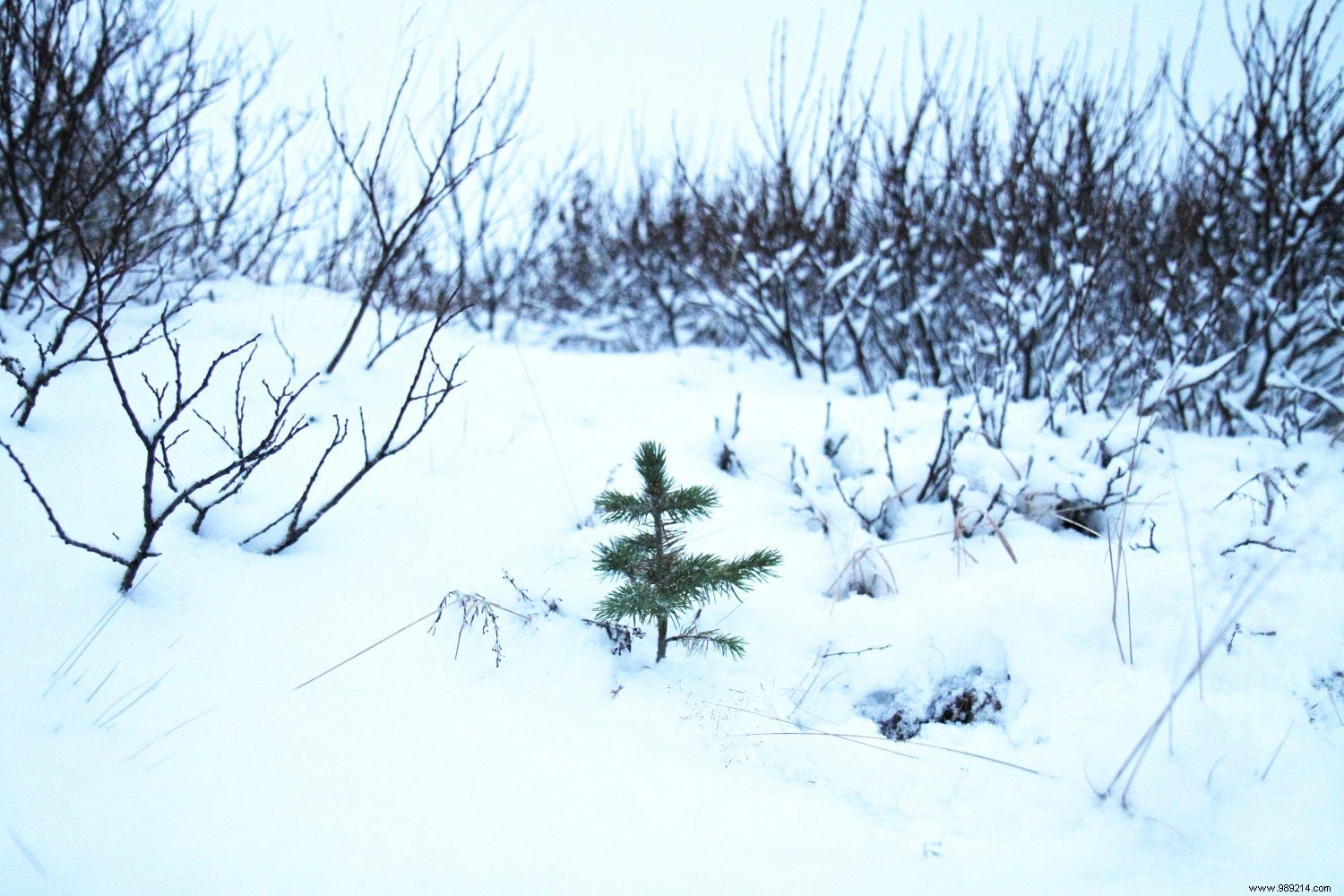
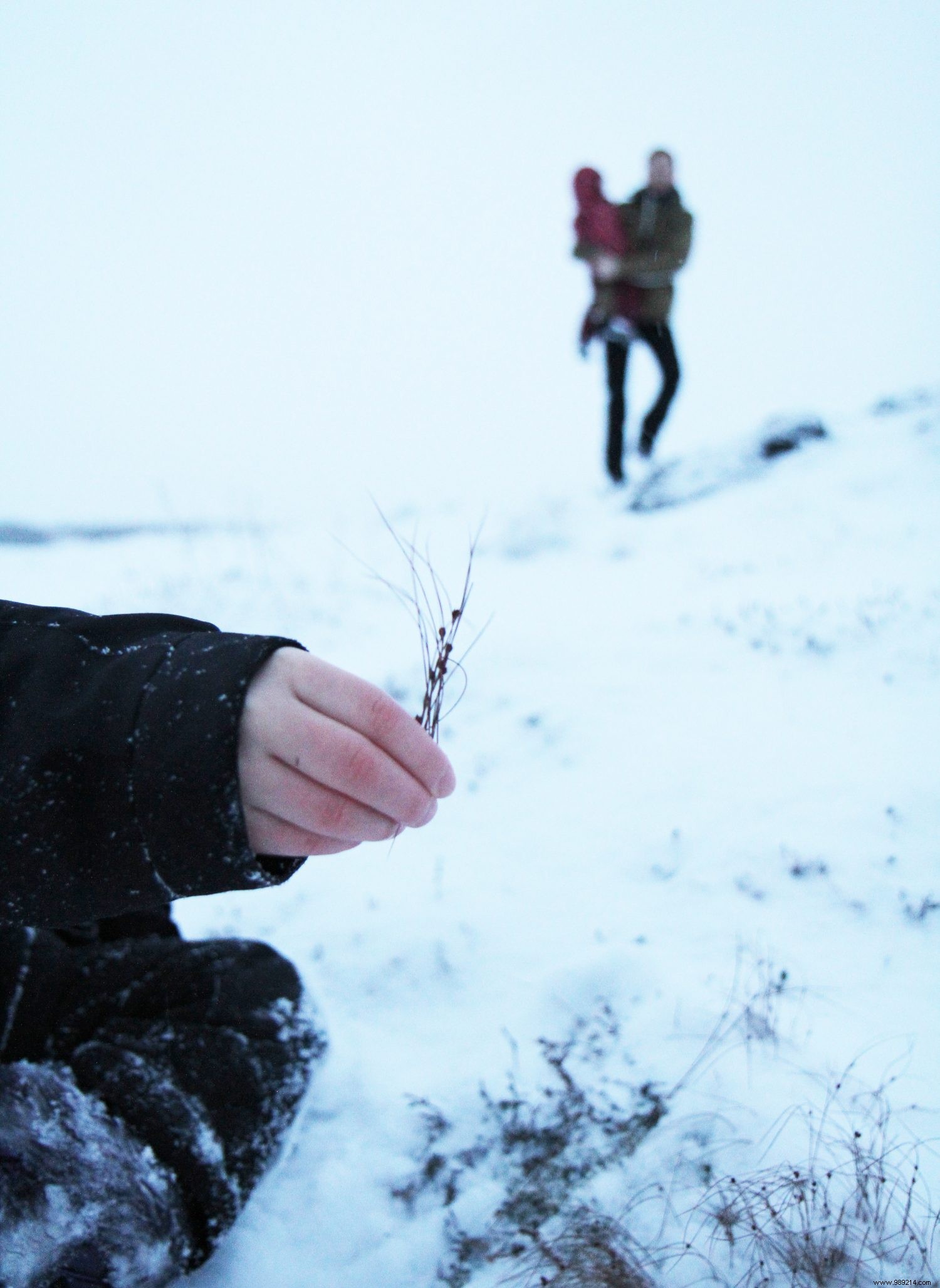
Iceland is also nicknamed the land of ice and fire. It owes its nickname to the multiple geothermal activities. They are due to the location of the island, straddling two tectonic plates:the European plate and the American plate. Geysers are the most famous geothermal phenomena, there is the Strokkur geyser located at the Geysir site, it erupts about every 7 minutes at an average height of 20 meters.
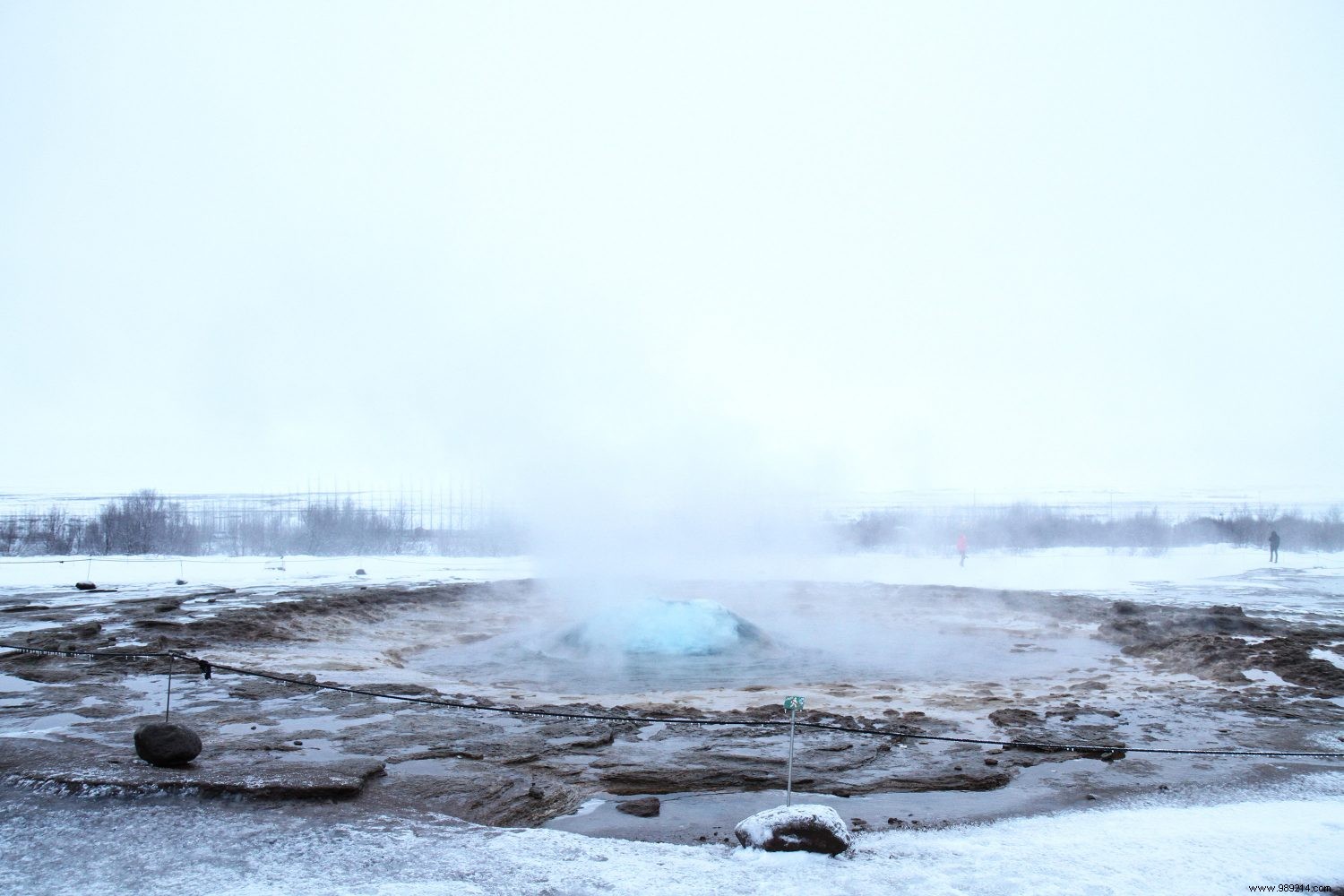
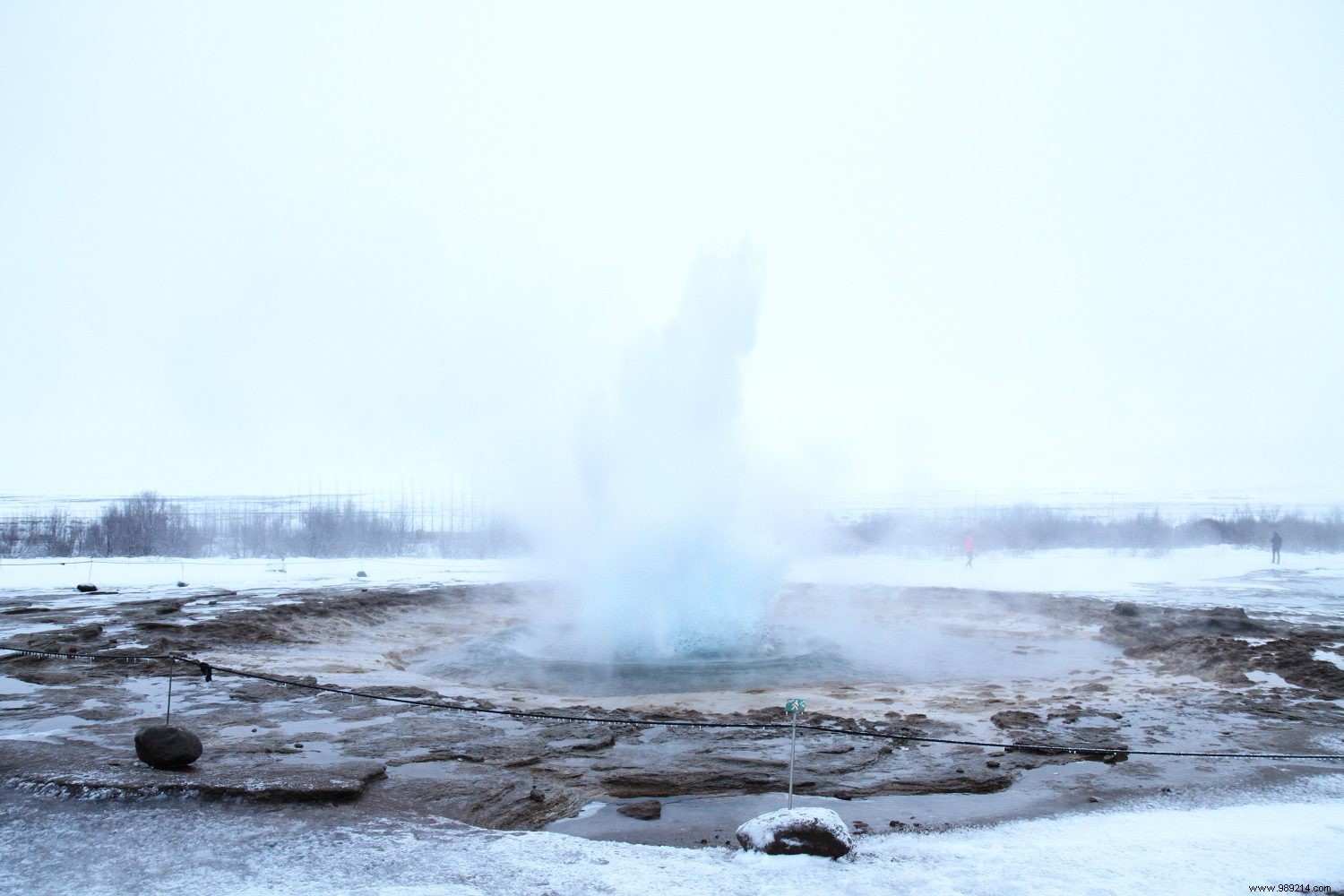

Less well known, but something you can enjoy every day in Iceland while showering, is the "rotten egg" smell of the water. Surprising at first, you end up getting used to it and even manage to brush your teeth with tap water or drink it (it is perfectly drinkable). It is its high sulfur content that gives it this particular smell.

The bubbling pots found in Hveragerdi are particularly impressive. I recommend the walk in the middle of the pots, enveloped by the sulfur smell and the fumaroles, another geothermal phenomenon in Iceland. Very accessible with the family.
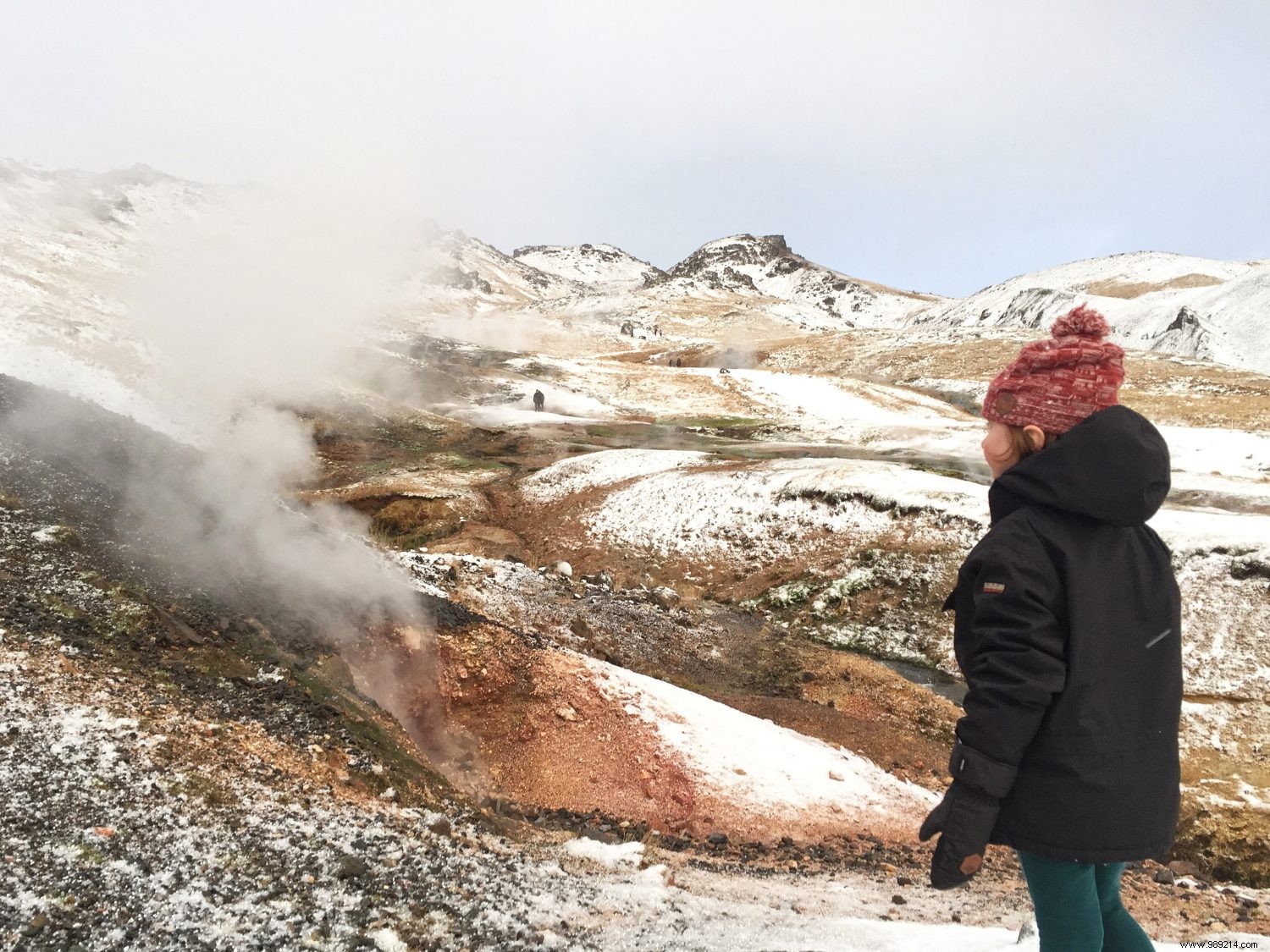
The Seltun site and its solfatara (fumaroles releasing a lot of sulphur) is a particularly active geothermal area. It is near the Blue Lagoon.
Iceland has 200 volcanoes, half of which are active. Some submarine, some subglacial, the 700,000-year-old Eyjafjallajökull rose to prominence in 2010 for blocking European airspace for several days. Hekla should have erupted in 2011 if we are to believe its 11-year cycle… soon perhaps! In the meantime, it is possible to approach extinct volcanoes such as the Kerid crater, in the Golden Circle.
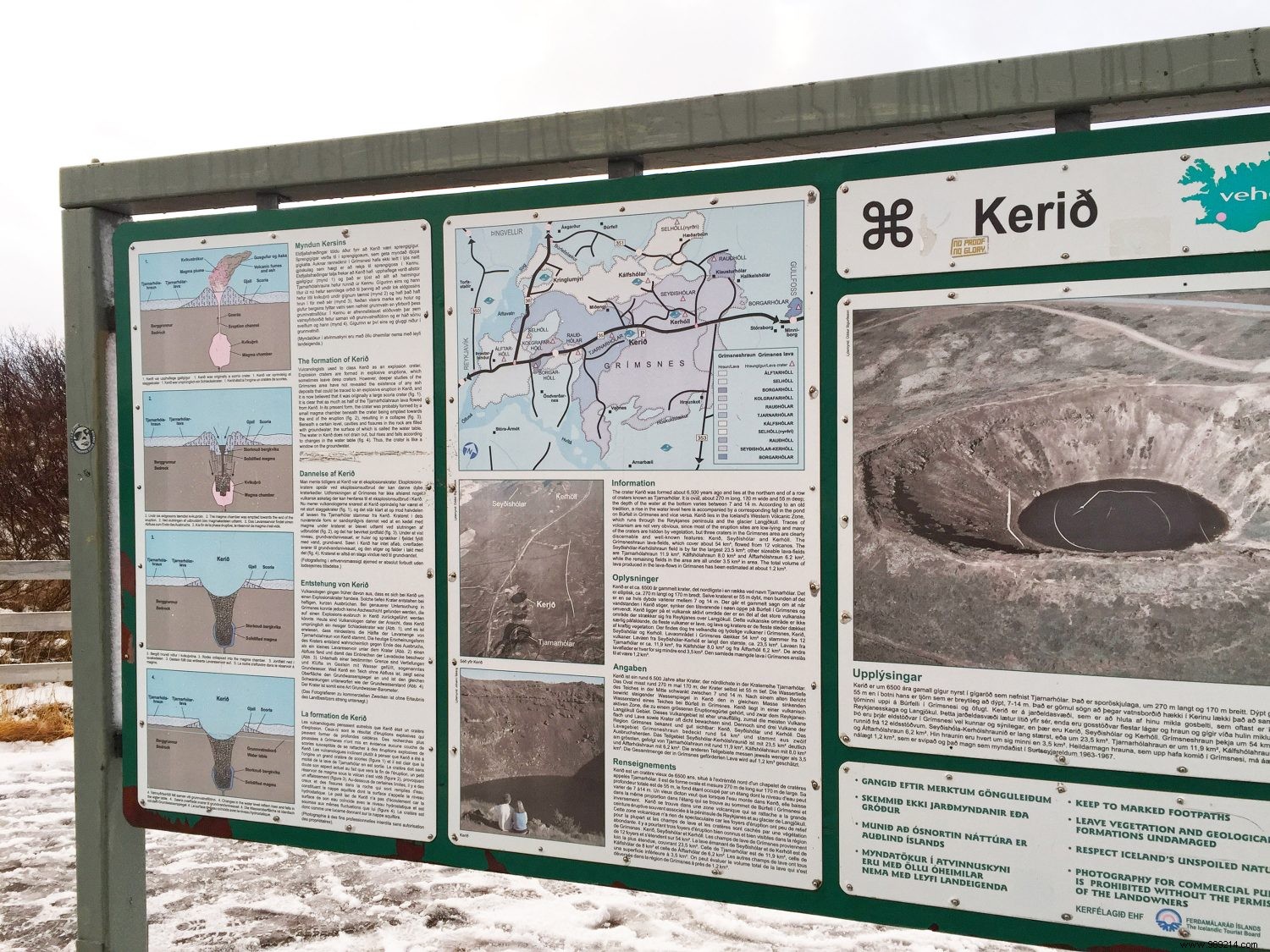
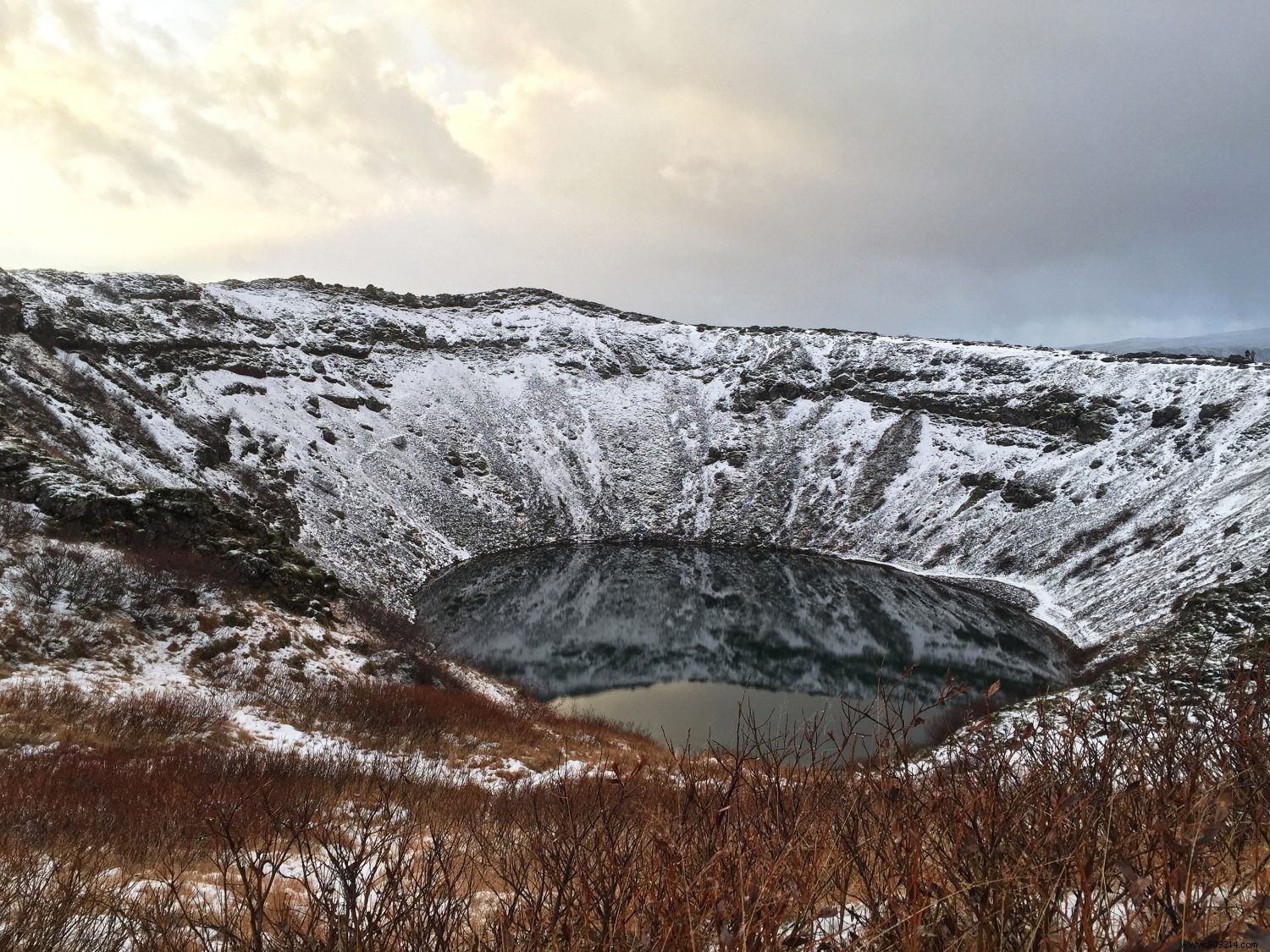
And then the water. Everywhere, in the form of steam, ice, snow, swirling, burning. The Gullfoss falls near Geysir and their deafening din have nothing to envy to those of Niagara and the 60 meter high Skogafoss waterfall impresses young and old!
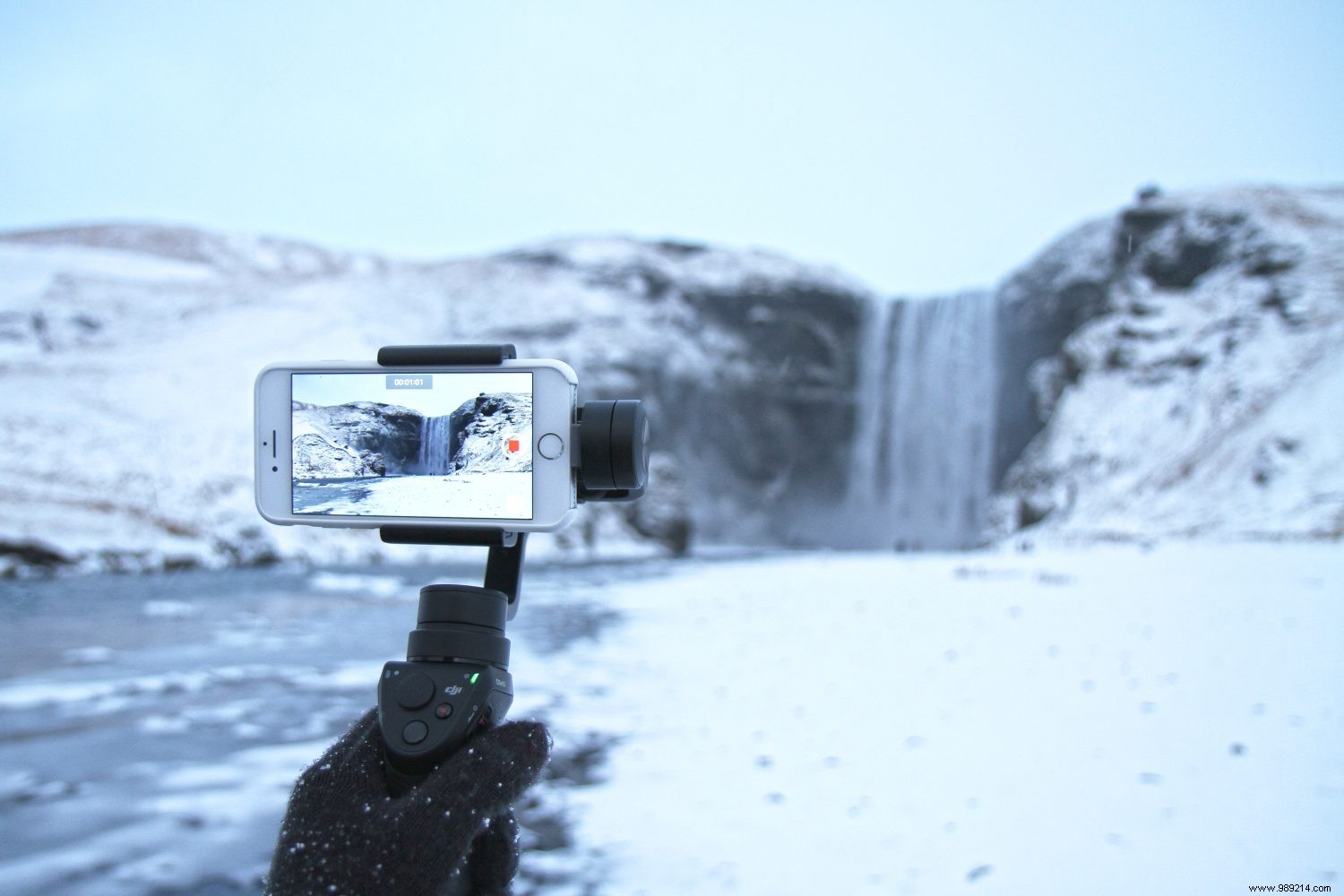
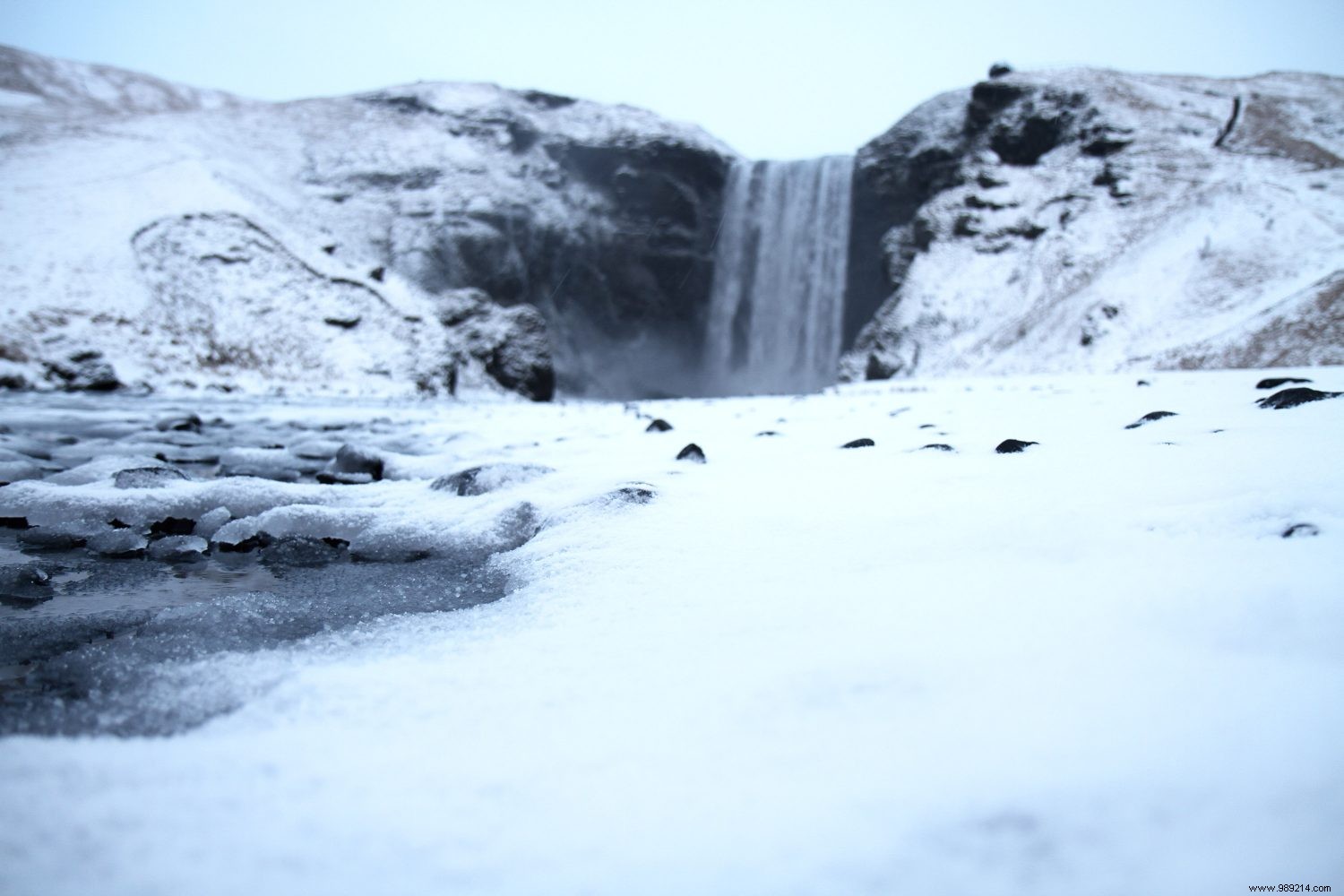
If you go to Iceland in winter you have a good chance of seeing the Northern Lights. This is a phenomenon related to the deformation of the Earth's magnetic field by solar wind storms. The aurora borealis can be seen after dark, to the north, with a clear sky.

As they are linked to the activity of the Sun, they are easily predictable, some nights are more favorable than others, for this I recommend the Aurora Service site which informs you of the KP level of the auroras (the higher the level, the more likely one is to observe auroras at low latitudes). If, like us, you are lucky enough to observe auroras of strong intensity, you will be able to enjoy the spectacle with the naked eye, the auroras dance in the sky, seem to disappear and then come back, draping the sky in a fantastical greenish color.
When conditions are less favorable, the auroras look like milky clouds dancing in the sky but without their characteristic color. To be certain of observing an aurora, take a long exposure photo, the fluorescent green color on the image will confirm or not the presence of the aurora.
If we have made you want to leave, you can read the article on our advice for preparing your trip to Iceland. And while waiting for your departure, you can find the video of our trip on Facebook and YouTube.